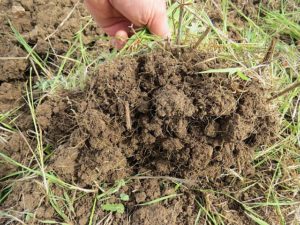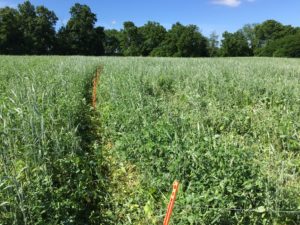I didn't get a photo as the lighting in my workshop is crap.
This is what I have.View attachment 829079View attachment 829080
Quite precise, you can adjust the % per volume via turning the barrel at the bottom, like a dosing gun.
The larger ones have a big piston that clonks up and down, they don't like grit or sand in the water as it wears out the seal and can score the barrel (it's all plastic inside) but the smaller one like mine is better (we'll have no grit issues thanks to our good supply).
Can just mix up a mineral blend to suit the season, and put it in a drum - like your one @Crofter64 it will draw a couple of metres
?









